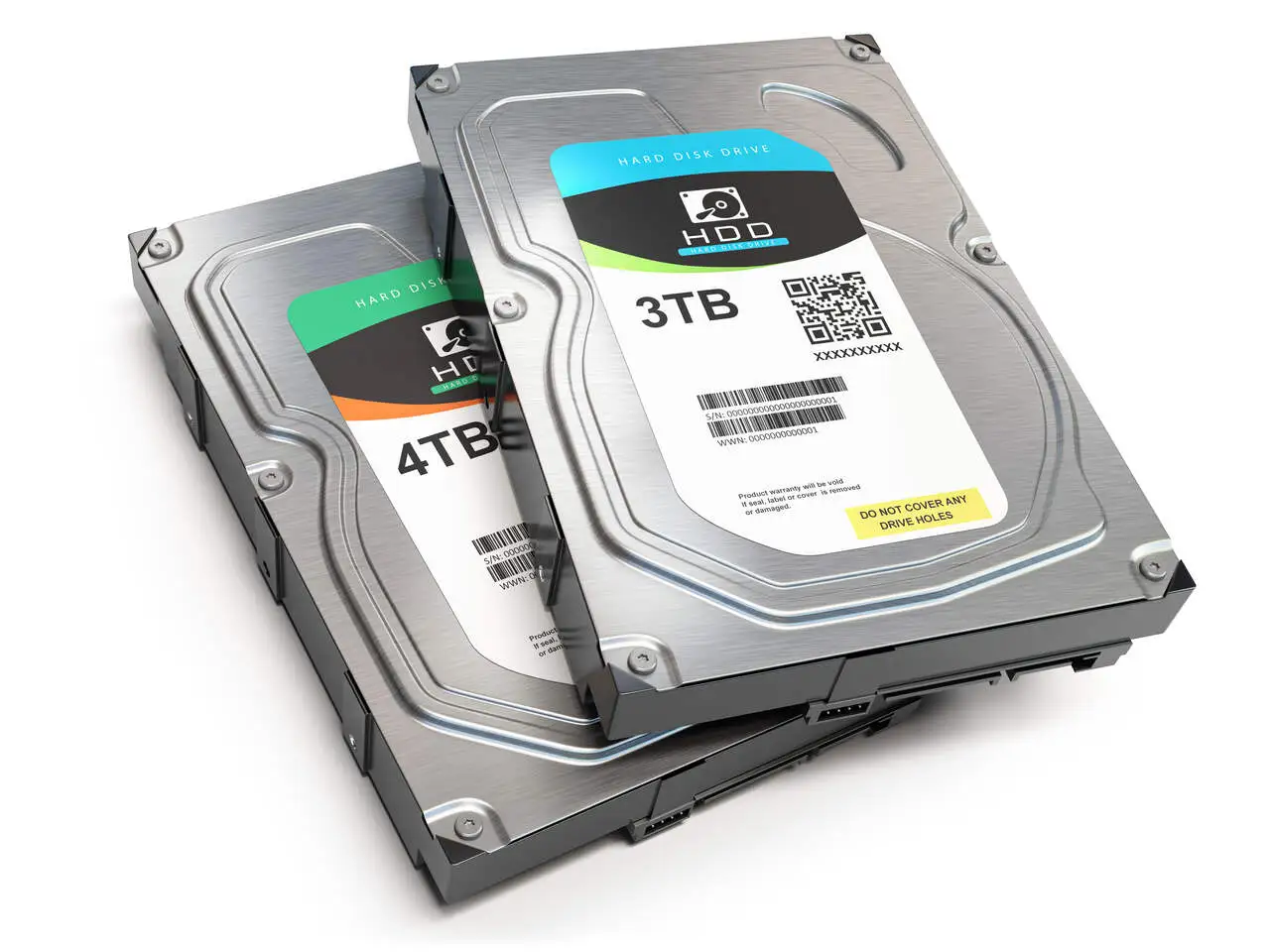RAID System 10, also known as RAID 1+0, is an advanced storage configuration that combines the characteristics of RAID 1 and RAID 0. This approach aims to offer a combination of performance and redundancy to guarantee data integrity and system availability.
In the RAID 10 configuration, the hard drives are organised into mirror sets (RAID 1), in which the data is duplicated on pairs of disks. These mirrored sets are then combined into striping sets (RAID 0). This method provides benefits in terms of both performance and protection against failures.
The main advantage of RAID 10 lies in the redundancy provided by mirroring. If one of the discs fails, the data is still available on the mirrored disc. This means that even during a hardware failure, the system can continue to operate normally, guaranteeing high availability.
In addition, RAID 10 offers a significant increase in performance compared to purely mirrored RAID configurations (such as RAID 1) due to the use of striping. This results in a more efficient distribution of data between the discs, improving read and write rates.
However, it is important to note that RAID 10 requires a minimum number of four discs to be implemented. In addition, the cost associated with using additional discs for redundancy and performance can be higher compared to other RAID configurations.
In summary, RAID 10 is a popular choice for organisations looking for a balance between performance and data security. Its hybrid approach offers robust redundancy and improved performance, making it an attractive option for applications that demand high availability and speed of data access.
Differentials of the RAID 10 system
RAID 10, also known as RAID 1+0, stands out for its differentials that make it an attractive choice for organisations looking for a combination of performance and robust redundancy. Here are some of the main differentiators of RAID 10:
- Dual Redundancy (Mirroring and Striping): RAID 10 combines the characteristics of RAID 1 (mirroring) and RAID 0 (striping). This means that data is mirrored on sets of discs (RAID 1), providing redundancy, and these mirrored sets are combined using striping (RAID 0) to improve performance. Double redundancy provides an additional layer of data security.
- High Fault Tolerance: Thanks to the duplication of data in mirrored sets, RAID 10 offers high fault tolerance. If one of the discs fails, the data is still available on the mirrored discs, guaranteeing operational continuity and data integrity.
- Improved Performance: The use of striping in RAID 10 results in improved performance, especially in read operations. The efficient distribution of data between the discs significantly improves transfer rates, making RAID 10 an ideal choice for environments that demand high storage performance.
- Fast recovery: In cases of disc failure, recovery in RAID 10 is generally faster than in configurations that rely exclusively on parity, such as RAID 5. This is because data can be reconstructed from the mirrored discs, without the need for complex parity calculations.
- Expansion Flexibility: RAID 10 offers the flexibility to expand storage by adding mirrored arrays to the existing array. This allows organisations to increase storage capacity as needed, while maintaining the benefits of performance and redundancy.
- Best Performance in Intensive Activities: For applications that involve intensive reading and writing, such as transactional databases and virtualisation servers, RAID 10 is often preferred due to its balance between redundancy and performance.
- Reconstruction Simplicity: Reconstructing data after a disc failure is relatively simple in RAID 10, as it only involves duplicating the data from the surviving mirrored disc to the new replacement disc.
Although RAID 10 has significant advantages, it is important to consider the cost associated with using additional discs for redundancy and performance.
As with all RAID levels data loss can occur in extreme cases, for such cases RAID recovery solutions can be deployed, these solutions are developed by our experts and can be executed on all RAID levels.



